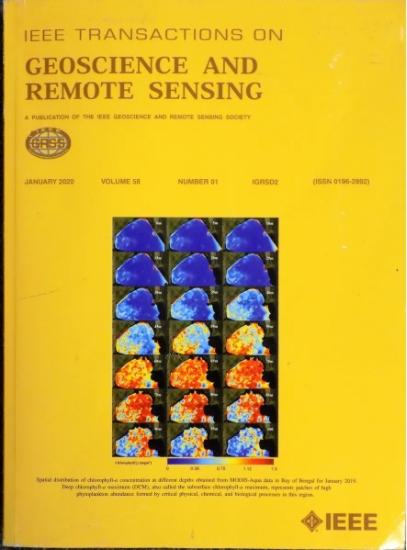Be the Change You Want to See: Revisiting Remote Sensing Change Detection Practices
IF 8.6
1区 地球科学
Q1 ENGINEERING, ELECTRICAL & ELECTRONIC
IEEE Transactions on Geoscience and Remote Sensing
Pub Date : 2025-07-02
DOI:10.1109/TGRS.2025.3585342
引用次数: 0
Abstract
Remote sensing change detection aims to localize semantic changes between images of the same location captured at different times. In the past few years, newer methods have attributed enhanced performance to the additions of new and complex components to existing architectures. Most fail to measure the performance contribution of fundamental design choices, such as backbone selection, pretraining strategies, and training configurations. We claim that such fundamental design choices often improve performance even more significantly than the addition of new architectural components. Due to that, we systematically revisit the design space of change detection models and analyse the full potential of a well-optimized baseline. We identify a set of fundamental design choices that benefit both new and existing architectures. Leveraging this insight, we demonstrate that when carefully designed, even an architecturally simple model can match or surpass state-of-the-art performance on six challenging change detection datasets. Our best practices generalize beyond our architecture and also offer performance improvements when applied to related methods, indicating that the space of fundamental design choices has been underexplored. Our guidelines and architecture provide a strong foundation for future methods, emphasizing that optimizing core components is just as important as architectural novelty in advancing change detection performance. Code is at:成为你想要看到的变化:重新审视遥感变化检测实践
遥感变化检测的目的是对同一地点不同时间拍摄的图像之间的语义变化进行定位。在过去的几年中,更新的方法将增强的性能归功于向现有体系结构添加新的复杂组件。大多数都不能衡量基本设计选择对性能的贡献,比如主干选择、预训练策略和训练配置。我们声称,这样的基本设计选择通常比添加新的体系结构组件更能显著地提高性能。因此,我们系统地重新审视变更检测模型的设计空间,并分析良好优化基线的全部潜力。我们确定了一组对新架构和现有架构都有利的基本设计选择。利用这一见解,我们证明,当精心设计时,即使是架构简单的模型也可以在六个具有挑战性的变更检测数据集上匹配或超越最先进的性能。我们的最佳实践超越了我们的体系结构,并且在应用于相关方法时也提供了性能改进,这表明基本设计选择的空间尚未得到充分的探索。我们的指导方针和体系结构为未来的方法提供了坚实的基础,强调优化核心组件在推进变更检测性能方面与体系结构的新颖性一样重要。代码在:https://github.com/blaz-r/BTC-change-detection
本文章由计算机程序翻译,如有差异,请以英文原文为准。
求助全文
约1分钟内获得全文
求助全文
来源期刊

IEEE Transactions on Geoscience and Remote Sensing
工程技术-地球化学与地球物理
CiteScore
11.50
自引率
28.00%
发文量
1912
审稿时长
4.0 months
期刊介绍:
IEEE Transactions on Geoscience and Remote Sensing (TGRS) is a monthly publication that focuses on the theory, concepts, and techniques of science and engineering as applied to sensing the land, oceans, atmosphere, and space; and the processing, interpretation, and dissemination of this information.
 求助内容:
求助内容: 应助结果提醒方式:
应助结果提醒方式:


